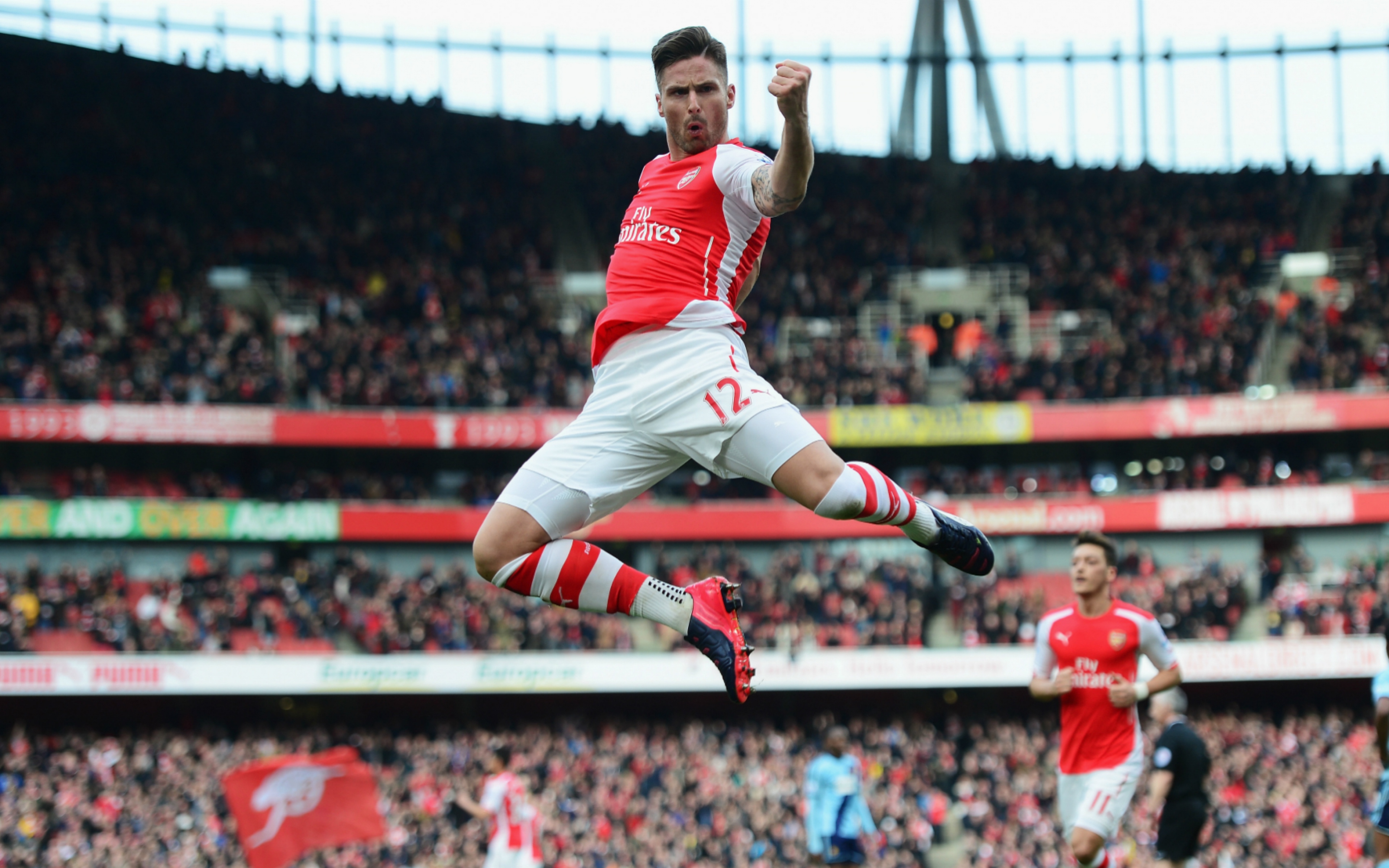By Dr. Ronan Kearney (@KearneyRonan)
The Arsenal FC Sport and Exercise Medicine conference (FC SEMS) brought together world experts to advance the knowledge base in muscle injury prevention, treatment, rehabilitation, and return to play in football.
The topic of hamstring injury (HSI) featured strongly. Here are 6 ‘take home messages’ for sports and exercise medicine professionals.

- Mechanism of injury
Understanding the mechanism of action of the injury can help identify whether the HSI was obtained during sprinting or stretching. A more proximal HSI with tendon involvement generally means a longer return to play (RTP) for the injured athlete.
- Communication is key
Comprehensive communication between medical and coaching staff is vital to ensure the injuried athlete is managed appropriately. The player and manager should be informed of the risk of re-injury following a HSI. The risk of HSI re-injury is greater when there is intratendonis rather than musculotendinous involvement. Mode and methods of communication will differ depending on the managers preference, as eluded to by Dr. Nigel Jones, England Rugby Union Team Doctor. Dr. Jones also highlighted the important ability to adapt to the needs of the coaching staff.
- Importance of hamstring lengthening
Prof. Karim Khan highlighted recent evidence suggesting a faster RTP following acute HSI with a lengthening type hamstring rehabilitation programme (‘L’ protocol) rather than a conventional hamstring rehabilitation programme. The ‘L’ protocol as described by Carl Askling (1) involves three core hamstring lengthening exercises: ‘The Extender’, ‘The Diver’, and ‘The Glider’.
The benefits of lengthening the biceps femoris muscle fascicles (BF) were also mentioned by Dr. David Opar, who noted that short BF and weak knee flexion lead to an increased risk of HSI. Ultrasound estimation of BF length has potential for practical use in helping to identify high risk HSI players who would benefit from a hamstring lengthening programme. Or should hamstring lengthening programmes be advised to all players regardless of fascicle length? Nonetheless BF length is a modifiable risk factor in HSI.
- Do we really need MRI for hamstring injuries?
Shorter RTP times are noted in players with a normal MRI HSI than a HSI with abnormal findings on an MRI. The need for MRI in HSI is questionable, however it can be argued that the knowledge of a shorter estimated window of RTP could prove benficial to both player and team for both footballing and rehabilitative decision making. Interestingly during the conference a vote was running on the BJSM Plus Twitter page: “Hammy injury to star striker – MRI to determine RTP time? Would you?’ 66% of voters agree that they would get an MRI. Would you?
Prof. Khan mentioned a recent study considered controversial by some (2). The study suggests that MRI does not add value over and above patient history and clinical examination in predicting time to return to sport in acute HSI. Score of maximal pain at onset, forced to stop playing within 5 minutes of injury, length of palpable tenderness, and painful resisted knee flexion can account for 29% of a time to RTP prediciton following acute HIS whereas the addition of MRI only adds 2% to the prediciton. In the words of Dr. David Opar; “if the scan and other investigations are normal but the player still feels injured, then the player is injured.”
- The mind matters for RTP
Dr. Clare Ardern highlighted that readiness to RTP not only deals with physical and functional readiness but also encompasses psychological readiness (3) and suggested the Injury-Psychological Readiness to Return to Sport scale (I-PRRS) (4) as a potential simple to use measure of RTP readiness. Prof. Khan noted that physical readiness for RTP in HSI can be estimated using a simple yet effective Askling ‘H’ test (5)
- Training the skilled athlete
Mr. Shad Forsythe, head of performance at Arsenal FC, spoke passionately about the importance of player specific training where one-size-fits all really doesn’t fit-all as teams consist of mesomorphs, endomorphs and ectomorphs or ‘stubbies, chubbies, and beanpoles’. Maybe if this is taken into consideration we can reduce the incidence of HSI among elite football players from its 4% increase in recent times.
****************
Dr. Ronan Kearney is a postgraduate M.Sc. Sport and Exercise Medicine student at Trinity College Dublin, Ireland. Ronan works with a number of sporting teams and is a senior house officer at the Sports Surgery Clinic, Dublin. Ronan will commence his General Practice specialty training in July with a view to Sport and Exercise Medicine specialisation. (@KearneyRonan)
References
(1) Askling CM, Tengvar M, Tarassova O et al. Acute hamstring injuries in Swedish elite football: a prospective randomised controlled clinical trial comparing two rehabilitation protocols. Br J Sports Med 2014;48:532–539
(2) Wangensteen A, Almusa E, Boukarroum S et al. MRI does not add value over and above patient history and clinical examination in predicting time to return to sport in acute hamstring injury. Br J Sports Med 2015;0:1–10
(3) Ardern CL, Osterberg A, Tagesson S et al. The impact of psychological readiness to return to sport and recreational activities after anterior cruciate ligament reconstruction. Br J Sports Med 2014;0:1–8
(4) Glazer DD. Development and Preliminary Validation of the Injury-Psychological Readiness to Return to Sport (I-PRRS) Scale. Journal of Athletic Training. 2009;44(2):185-189.
(5) Askling CM, Nilsson J, Thorstensson A. A new hamstring test to complement the common clinical examination before return to sport after injury. Knee Surg Sports Traumatol Arthrosc 2010;18:1798–803.